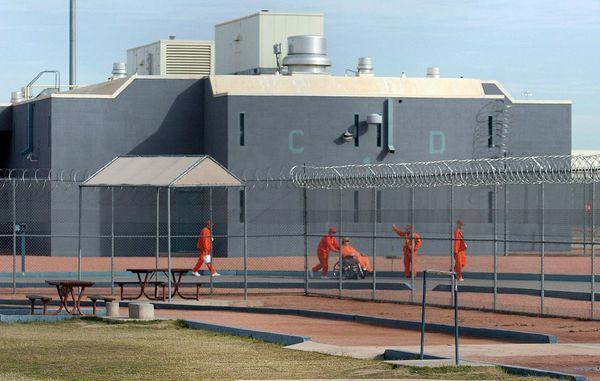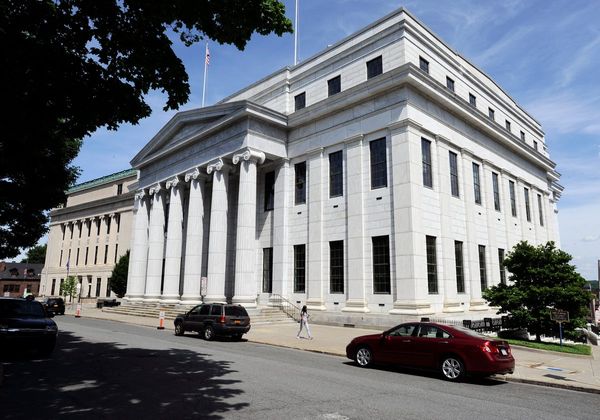
Would you Adam and Eve it? Cockney rhyming slang, the lyrical patter that once punctuated daily life in London’s East End, is at risk of dying out as young people abandon its use.
That is the view of one artist who wants to reintroduce the dialect to a new generation of Londoners and international visitors by drawing attention to its creative nature.
Michael Landy’s Lemon Meringue, which has been installed in East Bank in east London, consists of a series of large fluorescent signs depicting different cockney rhyming slang – rhyming phrases used to replace words.
The installation includes phrases such as “apples and pears” (stairs), “S Club Seven” (heaven), “duck and dive” (hide), “April showers” (flowers) and “dog and bone” (phone), as well as additions to the dialect such as “chicken jalfrezi” (crazy) that speak to more recent diasporic influences on the area.
“The Museum of London asked people whether they had ever heard of cockney rhyming slang and a lot of people hadn’t,” Landy said. “And the ones that did said it would be an awful shame if it died out completely because it’s part of east London’s identity. Cockney slang was first chronicled in 1857 but it obviously existed verbally before that too.”
Surveys have shown the vast majority of Londoners are unaware of the meaning of phrases that were in common use just a generation ago.
Landy, who grew up in Hackney, east London, said that from his experience the younger generations were largely unaware of the slang. “I don’t understand their slang and they don’t understand mine. But I also know an 11-year-old wouldn’t necessarily understand a 14-year-old’s slang either.
“What I like about cockney slang is how humorous and funny it is, it has a rhyming element which gives it a certain charm. Whereas a lot of contemporary slang is evolved from things like drill [music], so it’s a bit harsher.”
He said cockney, which was “historically associated with the white working class”, became “very popular in the 50s and 70s” and then with “mockneys and within lad culture and Guy Ritchie films”. But today “it’s not seen as fashionable at all”, he said.
Landy’s signs on his installation use a font similar to tabloid headlines and mimic those commonly seen on market stalls and closing down shops – things that he’s familiar with from growing up in the East End in the 1970s and 1980s and seeing the recession in the early 1990s.
Each sign marks a place, object or activity in the landscape through a playful take on signposting. The artwork is designed to reflects the area’s rich and creative past, while acknowledging the fluid ways that language can evolve.
“What I noticed when we were installing the works is you had children and their parents treating it as a wordplay game,” Landy said.
East Bank is becoming a cultural and education quarter at the heart of the Queen Elizabeth Olympic park in Stratford – comprising UCL East and the London College of Fashion, as well as Sadler’s Wells East, V&A East Museum and BBC Music Studios, which are scheduled to open there shortly.
Landy said his installation felt like an excavation of the past on this new site. “I wanted to install something fluorescent, I wanted it to be disruptive.”
But the artist wasn’t able to include all the phrases he had in mind. “I like all the drunk ones or the illness ones, like Santa’s grotto (blotto), Wallace and Gromit (vomit), Brahms and Liszt (pissed), Miley Cyrus (virus) and Vincent van Gough (cough).
“I did want to put merchant banker (wanker) in there and Colonel Gaddafi (cafe)… but they wouldn’t let me do that.”
Lemon Meringue also inspired the Voices of East Bank project in autumn 2023, a digital bank of 50 oral histories with words and voices of current residents of all ages in the four boroughs surrounding the Queen Elizabeth Olympic Park: Newham, Tower Hamlets, Hackney and Waltham Forest.
Landy has previously explored the visual language of sales and street trading, including in his exhibition Closing Down Sale at Karsten Schubert’s gallery in London in 1992.







